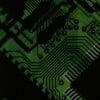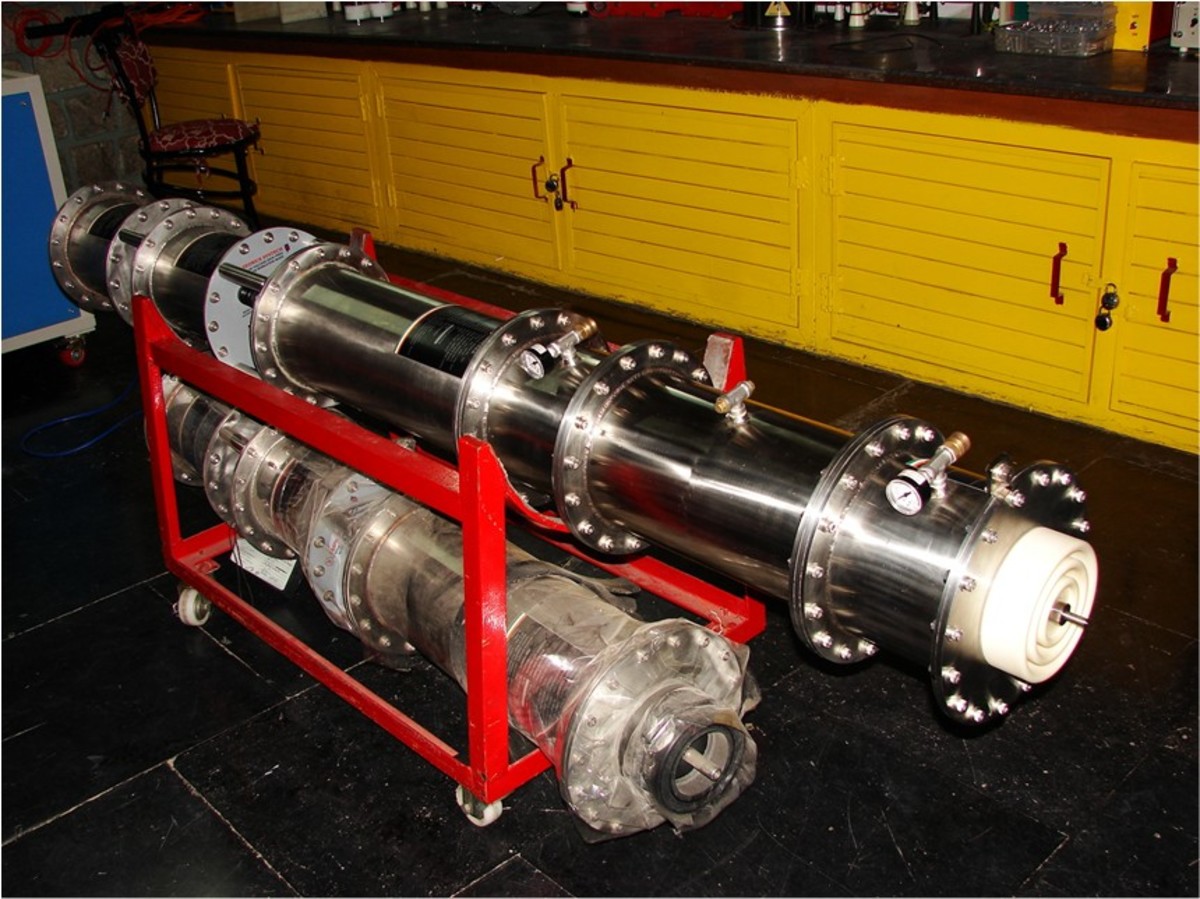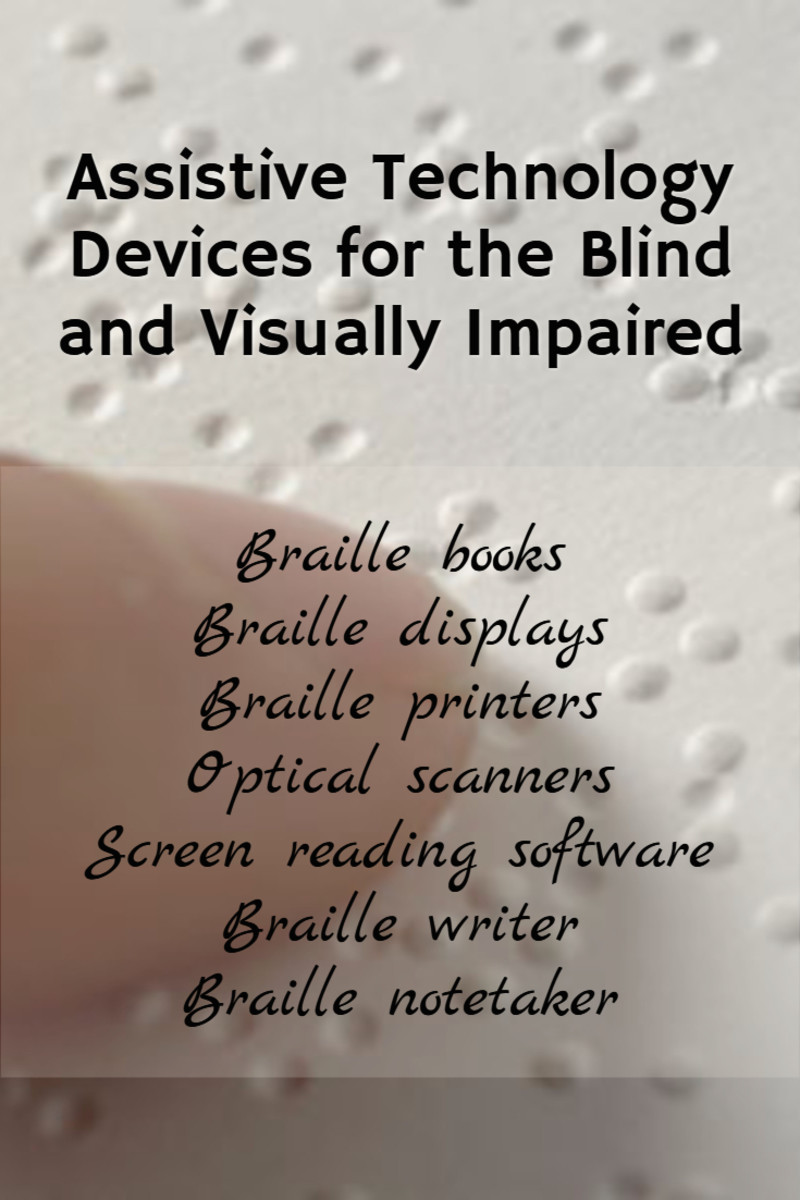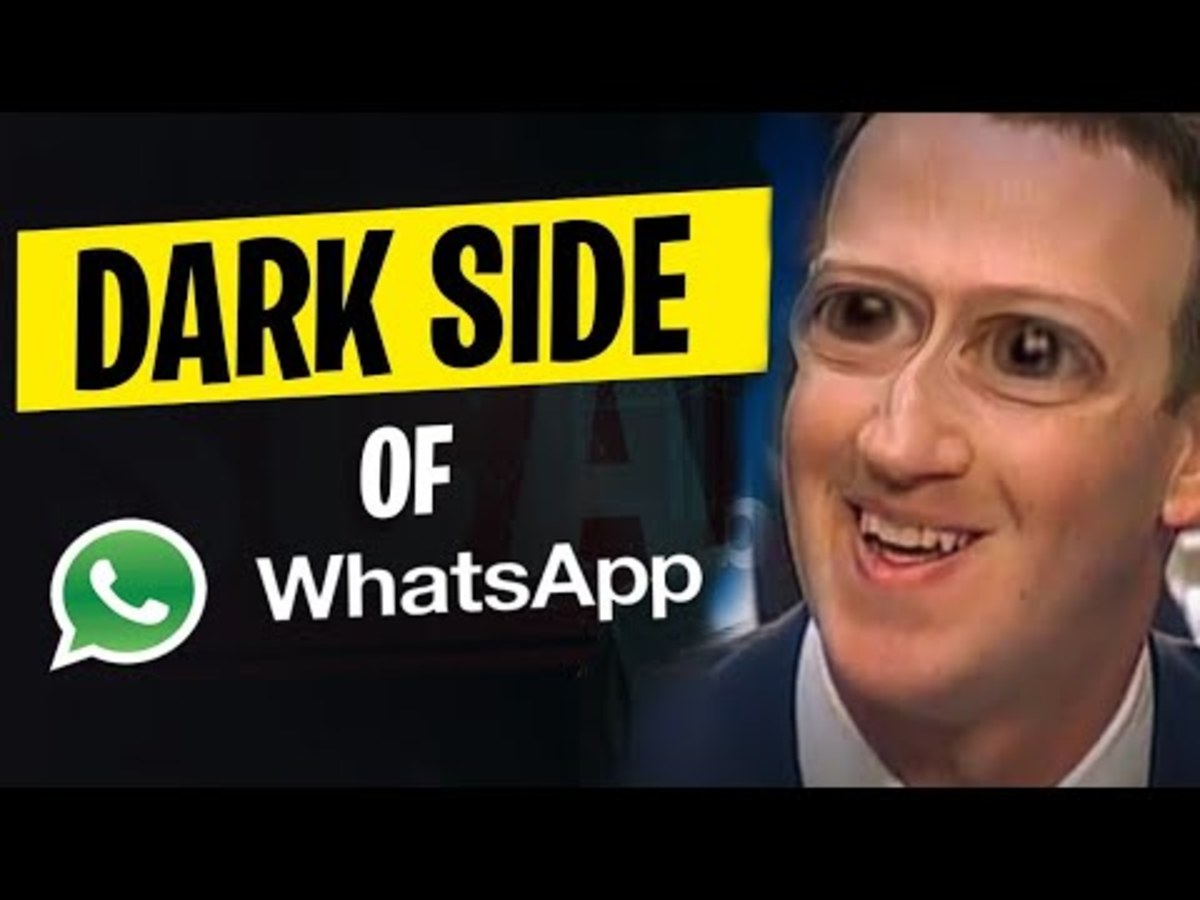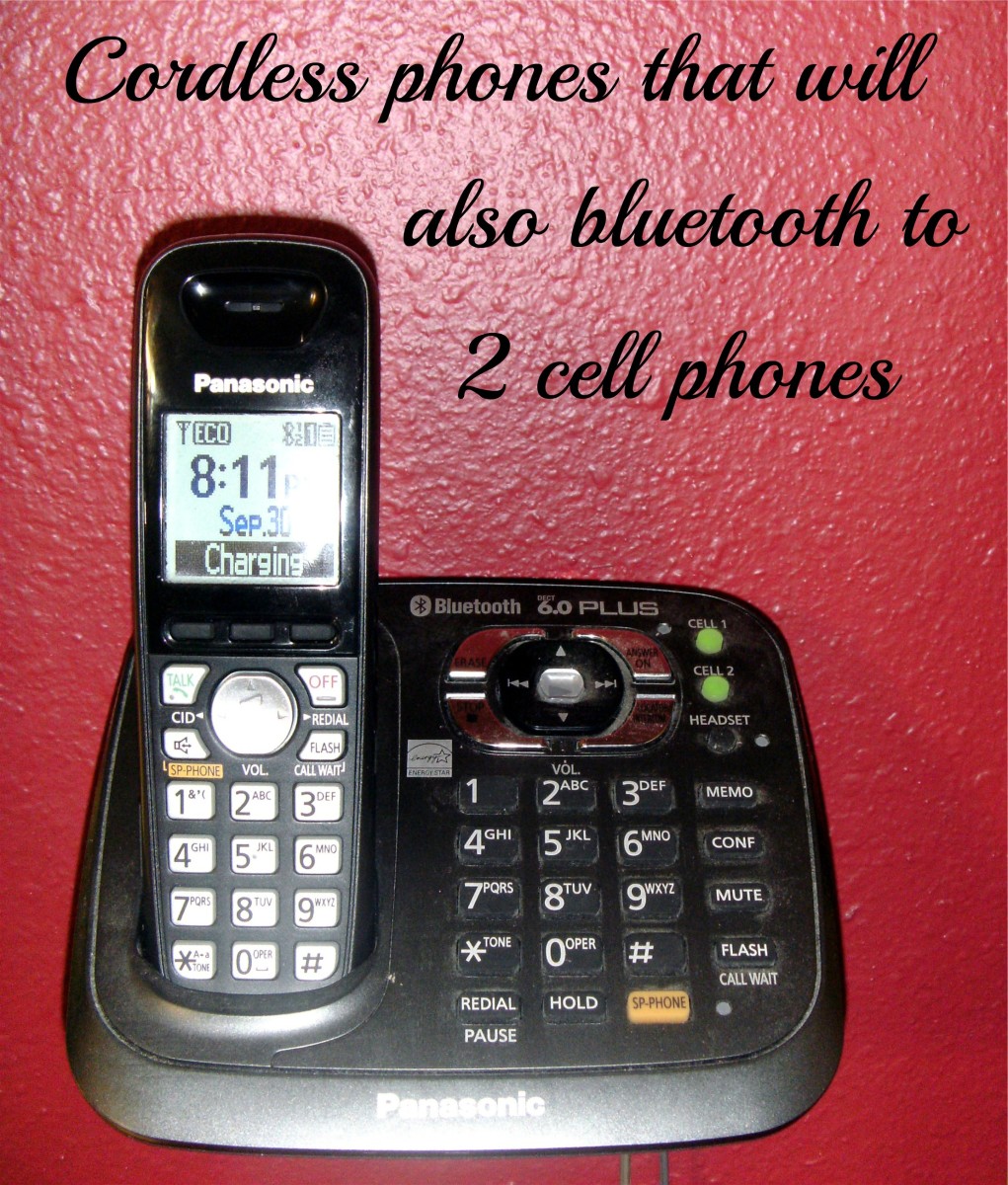What is Electronic Paper or ePaper?
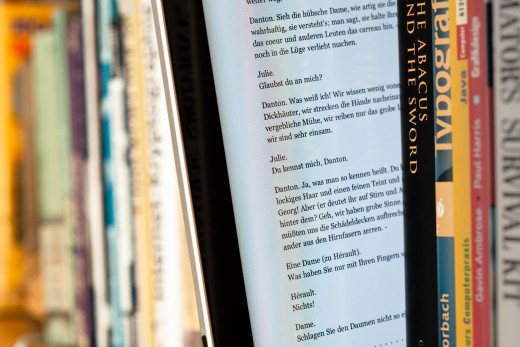
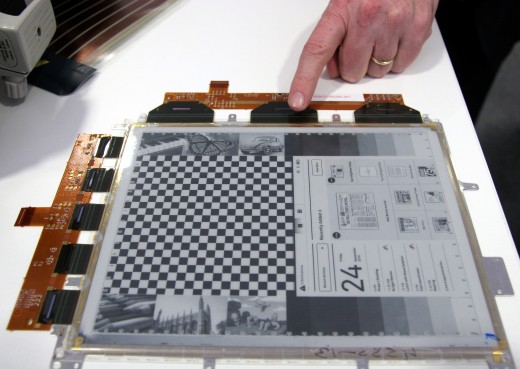
What is Electronic Paper?
Electronic paper, ePaper, electronic ink, electrophoretic display and other terms are used to describe the technology that allows to mimic the ordinary ink on ordinary paper. The idea is that e-paper displays reflect the light in completely different way than traditional LCD panels with LED or CCFL back-lit. The reflection of light in e-paper displays are has the same manner as reflection of light on ordinary paper. So, when you are looking to electronic paper display it seems that you are looking to an ordinary page of a book. Electronic paper technology is a very low power technology, so electronic paper devices, such as e-Book readers can work on battery for weeks. Once you set an image on the screen, it is hold without drawing electricity. This feature allows devices that use ePaper technology to save battery resources. It is possible to manufacture flexible electronic paper. Electronic paper technology is quite successful, so it is possible, that it will change the understanding of ordinary books and magazines in nearest future.
The modern e-Book readers use electronic paper technology. There are several types of electronic paper technology. For example, e-Ink paper has a thin layer of conductive material that contains millions of capsules with pigment. Pigment reacts to electrical load. Once a page is loaded, the device needs no current to sustain it. It means that thousands of pages can be read without recharging the battery.
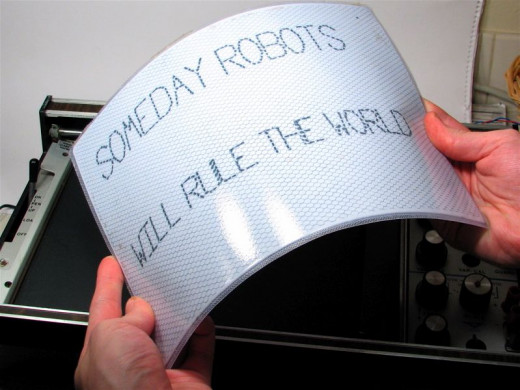
History of ePaper
Will you believe if I tell you that electronic paper was developed in 1970s by Xerox. The first e-Paper was called Gyricon. It was a thin layer of transparent plastic, holding millions of small capsules with toner particles (two contrasting colors, e.g. black/white, red/white or similar) that are charged as electrical dipole. When voltage is applied, capsules rotate to form the desired image. In the late 1990s J. Jacobson improved his invention. He improved the technology and founded the company, known as E Ink. It was his achievement, that electronic paper technology was introduced to people as a commercial product. E-book readers evolved together with the electronic paper. The first e-Book readers were made using traditional LCD technologies. They were not suitable for long reading and had many other disadvantages. In 2004 Sony released the first e-Book reader with e-Paper and this was the beginning of a new generation of devices, that uses electronic paper technology.
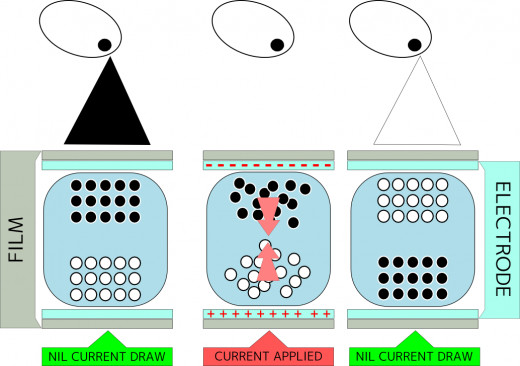
Do you have an e-Book reader?
How Electronic Paper Works?
Two main companies, that develop electronic paper are E Ink and Xerox. Actually, they are manufacturing so called electronic ink, that is used in e-paper. Electronic ink may look the same as the regular ink, but there is one main difference that make this ink special. Electronic ink is able to rearrange. Its arrangement depends on voltage applied to micro-capsules. Three basic components of electronic ink are: tiny micro-capsules, ink that fills those micro-capsules and pigmented balls that have negative charge and floats inside the ink.
The most fascinating thing about e-Paper is that it can be applied on various materials. So, the electronic paper can be made using electronic ink to make an e-book. Usually, the pages of e-book are made of extremely thin plastic. The entire page is covered with electronic ink. The coverage is split into cells. Each cell is connected to electronic controller. Controller is able to apply either positive or negative charge. So the capsules can be oriented in that way that is required to show image or text.
The micro-capsules are very small. They are 100 microns in diameter. Each micro-capsule contains hundreds of smaller pigmented balls. The pigmented balls and ink are made of two contrast colors. When electrical charge is applied, the balls are either raised to the top or pulled to the bottom of micro-capsule. When balls are on the top, capsules look white because of the pigment. When balls are on the bottom, the capsules look black, because of the ink. This allows creating desired patterns. Xerox uses a little bit different technology than E Ink, but idea is the same. Micro balls respond to electric charge and rotate.
The most difficult challenge in manufacturing electronic paper is wiring. It is very difficult to make proper wiring and keep ePaper thin. There are new technologies, that allows printing plastic transistors onto a page. So this technology should allow making extremely thin electronic paper. Another challenge is making multicolor electronic paper. Off course there are solutions to this problem also.

E-paper devices
Electronic paper (e-paper) devices are the future of consumer electronics market. Many wonderful things are developed for people needs. But you can use the advantages of electronic paper using the devices that are popular now. The most popural devices today are e-Book readers. There are many devices that will come in future. But e-Book readers and e-Ink watches are today's products, so everyone can try its advantages.
E-book readers. An e-book reader is an electronic device that allows reading digital e-books, electronic journals, newspapers and other periodicals. In fact, any device that can show text on screen (computer, mobile phone, tablet PC or similar) can be referred as e-book reader. But true e-book readers are optimized to meet all readers needs. These devices have features of high portability (they are very light in weight), readability (they are readable even in a bright sun) and they also have extremely long battery life. E-paper technology allows having all these features. One e-book reader can hold thousands of e-books inside. So the electronic book reader allow you to carry all the library in your bag. I consider this feature of e-book reader the most wonderful one.
E-paper watches. Did you know that e-paper is used in watches. This solution also uses all advantages of e-paper. Long battery life and high visibility are the features that attract consumers. Have you ever countered difficulties while trying to read the time from you wristwatch? Using a watch with an e-paper can solve this problem. They have a futuristic look and best electronic paper features combined together to satisfy all the consumers needs.
Other devices. Electronic paper displays are so energy consuming, that many manufactures try using it in their devices. There are calculators, mobile phones, printers and more other devices that have e-Ink display installed. Technologies allow to manufacture flexible e-Paper displays, so this feature can be used to install e-Paper displays almost everywhere. For example, e-Paper can be used on clothes. Imagine a t-shirt with ajustable picture that you can change depending on your mood or occasion. Wouldn't it be wonderful? I think it would.
